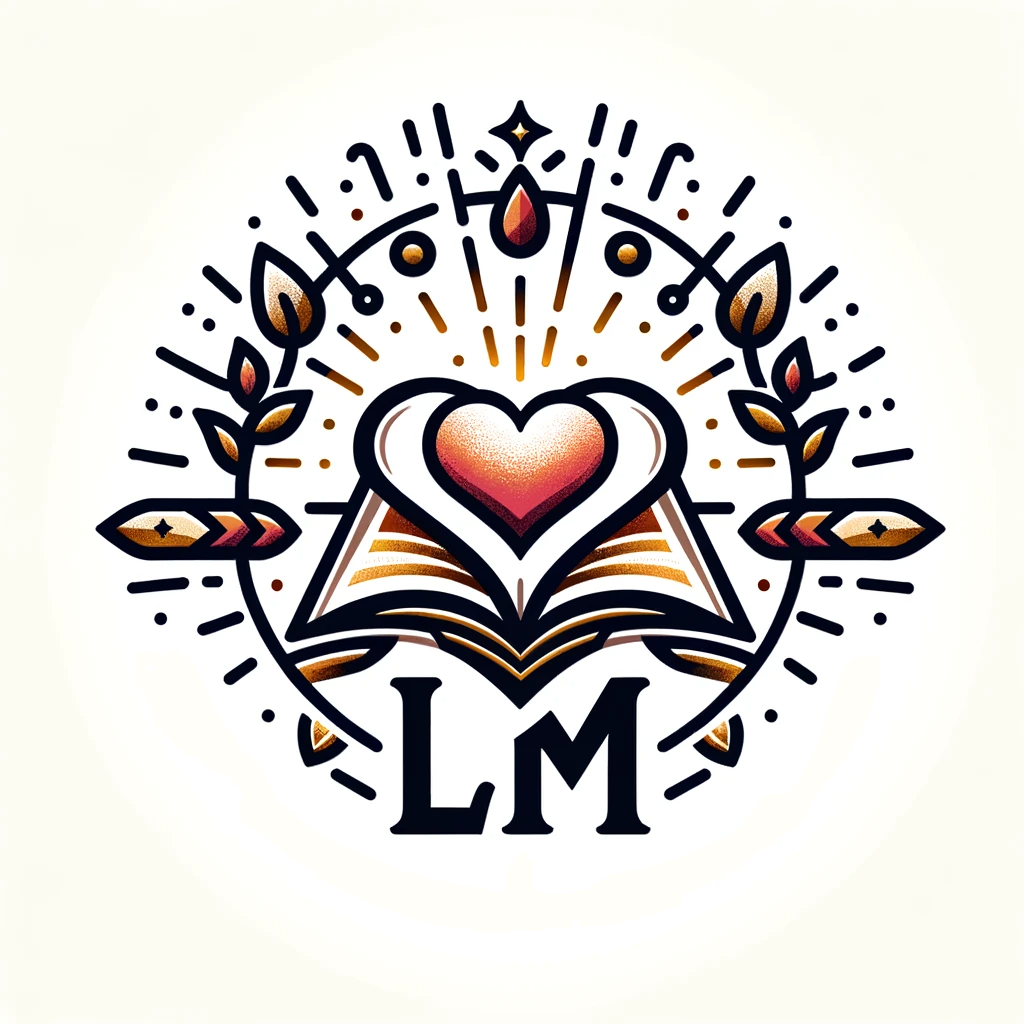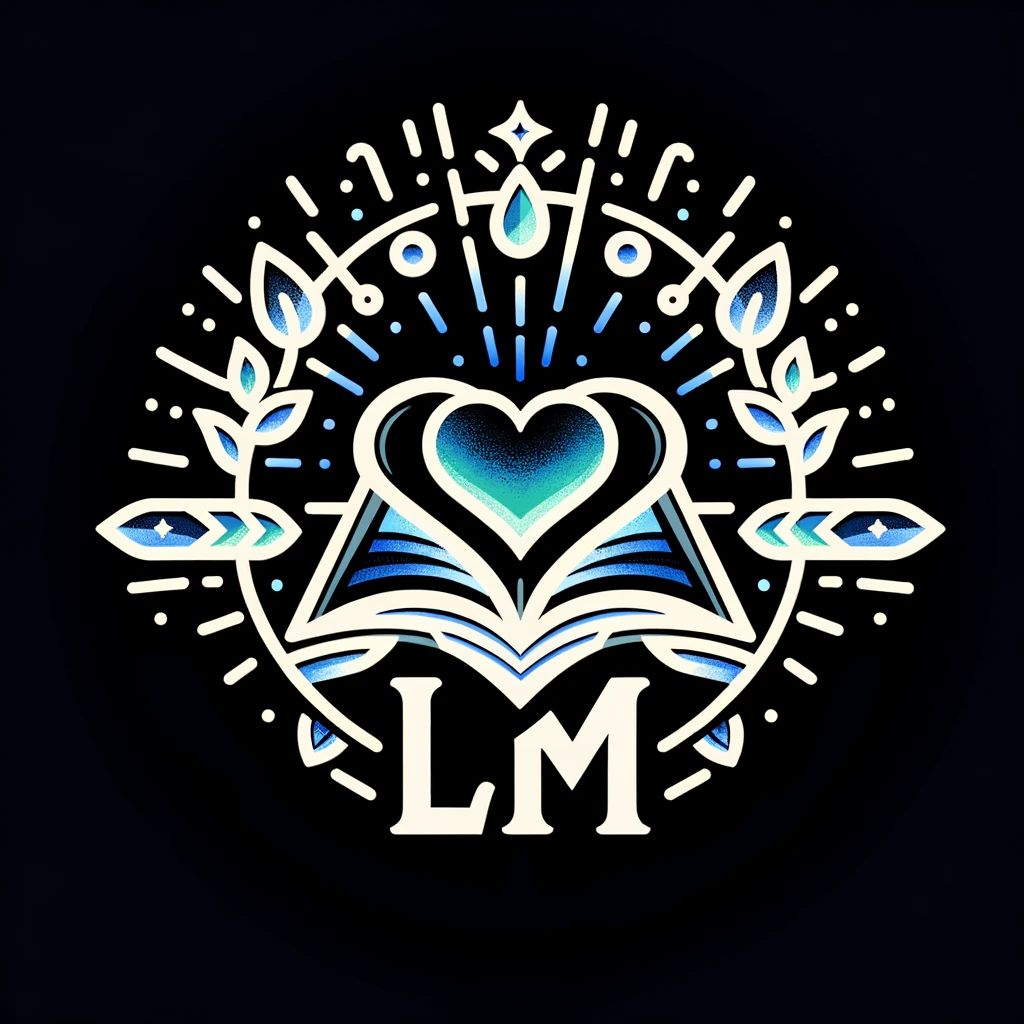
At the core of our actions and decisions lie the fundamental motivators of pleasure and pain. These forces influence our most primal instincts, shape societal norms, and navigate the moral compasses of individuals. From the dawn of civilization, cultures across the globe have recognized the powerful role these dual forces play in human behavior, morality, and temptation. This exploration delves into how pleasure and pain drive human actions, examining ancient cultural viewpoints, societal manipulations, and the eternal moral struggle between sin and righteousness.
The Basic Instincts: Pleasure and Pain as Drivers of Human Actions
The interplay of pleasure and pain extends beyond mere survival instincts, infiltrating every aspect of human existence. Pleasure, a sensation deeply woven into the fabric of life, promotes survival and enjoyment. The joy derived from eating food or engaging in sexual activity not only ensures the continuation of life but also enriches it. However, the pursuit of pleasure can become maladaptive, leading individuals down a destructive path, chasing fleeting highs at the expense of their well-being. Parallelly, pain, often perceived negatively, acts as a critical teacher. It is a protective mechanism that warns against immediate harm, shaping behavior through aversive experiences. Understanding these primal drivers is key to unlocking the complexities of human actions and societal norms.
Societal Manipulations: The Carrot and Stick of Pleasure and Pain
Societies and cultures have long understood the power of pleasure and pain in influencing human behavior. This knowledge has been harnessed through systems of reward and punishment, often referred to as the “law of the carrot and stick.” An example of such manipulation is the social credit system implemented in some countries, where citizens’ behaviors are regulated through incentives for compliance and penalties for disobedience. This carrot and stick approach aims to mold societal behavior to desired norms, demonstrating the capacity of these prime motivators to extend beyond individual instincts to larger mechanisms of control.
The Lure of Sin: Pleasure, Pain, and the Eternal Struggle
The allure of sin is often rooted in the promise of immediate pleasure, overshadowing the inevitable pain it brings. This concept is vividly illustrated in the biblical story of Adam and Eve, where the temptation of forbidden fruit represents the human propensity to succumb to short-term gratification. The temptation by deities of prosperity in exchange for sacrifices in ancient cultures underscores how belief systems and moral codes have historically exploited the dynamic of pleasure and pain. These narratives reveal a deeper understanding of sin as a deviation from moral righteousness, driven by the seductive pull of pleasure.
Navigating the Maze: From Temptation to Righteousness
In the journey towards moral righteousness, the dichotomy of pleasure and pain serves as both a guide and a hindrance. The path is fraught with temptations, where pleasure often masks the bitter outcomes of sin. Biblical proverbs and teachings emphasize the deceptive nature of sin, using metaphors such as “stolen water is sweet, but leads to death” to highlight the destructive end of succumbing to illicit desires. Overcoming these temptations requires discernment and fortitude, aiming to align personal actions with a higher moral calling, navigating through the enticing maze of sin towards the virtues of righteousness.
Understanding the intricate relationship between pleasure and pain in shaping human behavior offers profound insights into the essence of morality, societal control, and personal growth. By recognizing these fundamental motivators’ role in our lives, individuals can better navigate the complexities of their actions and inclinations, fostering a society that values both immediate satisfaction and long-term well-being.





